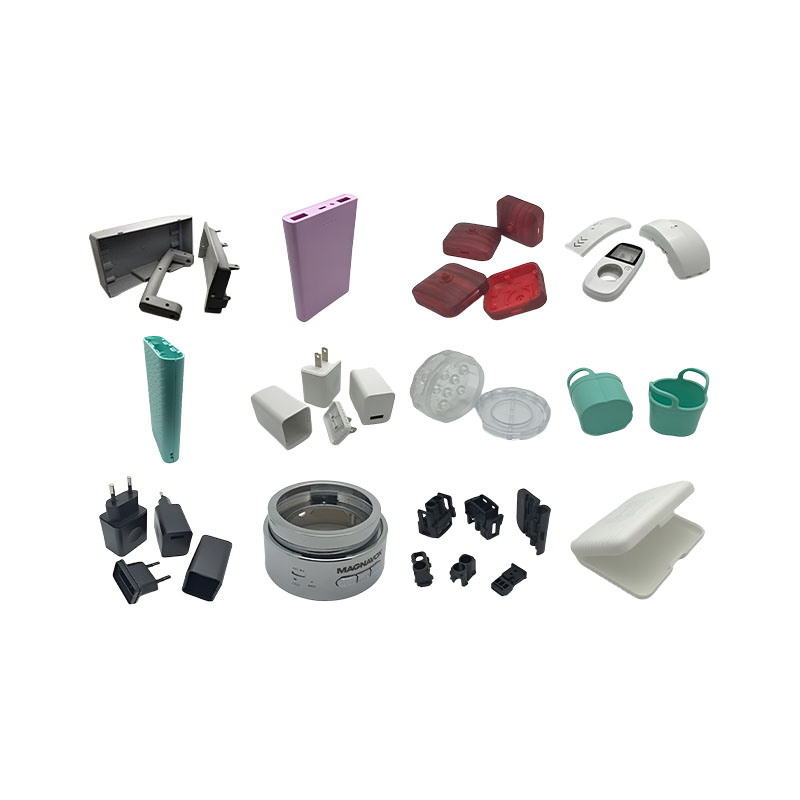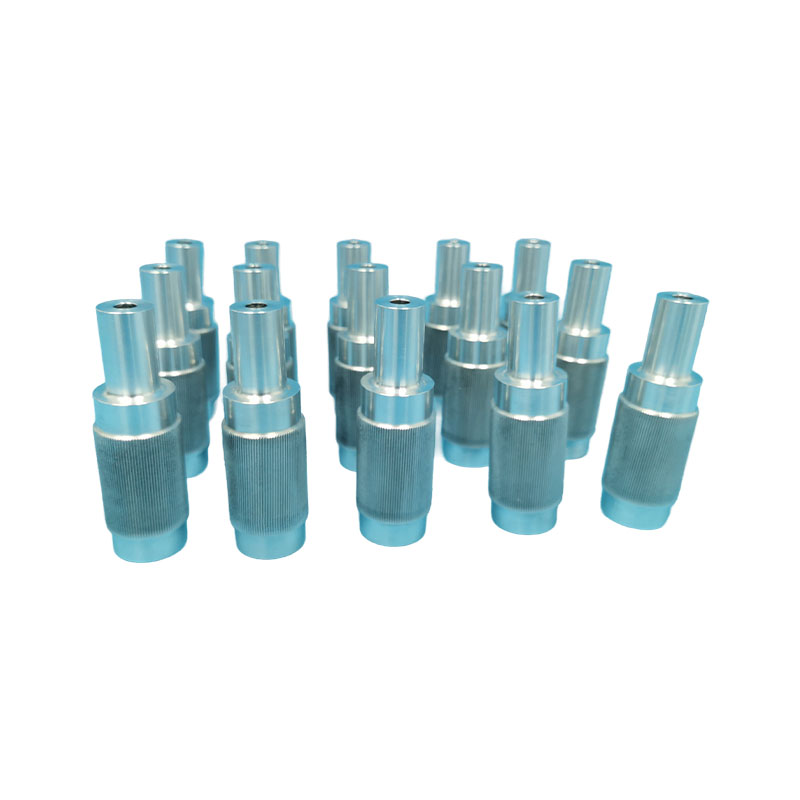How to avoid scratches on the surface of aluminum parts during aluminum parts engraving machine processing customization?
Release Time : 2025-10-29
During the aluminum parts engraving machine processing customization process, scratches on aluminum parts often arise from coordination issues across multiple links, including equipment, processes, materials, and operations. To achieve scratch-free machining, risks must be controlled at the source and a protective system must be established through systematic optimization.
Equipment accuracy is fundamental to scratch control. Radial runout of the engraving machine's spindle and linearity errors of the guideways are directly transmitted to the aluminum part's surface, causing periodic or irregular scratches. Therefore, regular equipment calibration is necessary to ensure spindle runout is controlled to the micron level. Guideways should utilize high-rigidity linear slides equipped with automatic lubrication systems to reduce friction and wear. Tool installation accuracy is also critical. A dedicated chuck is required to ensure tool coaxiality with the spindle to avoid vibration scratches caused by eccentricity during high-speed rotation.
Tool selection and condition management directly impact cutting quality. For aluminum alloys, carbide-coated tools are preferred. Their sharp cutting edge and wear resistance reduce cutting resistance and minimize the risk of scratches. As tools wear, the cutting edge gradually dulls, resulting in uneven cutting forces and tear-like scratches on the aluminum surface. Therefore, a tool life management system should be established. Online monitoring systems should be used to track tool wear in real time and promptly replace tools that reach their wear limit. Furthermore, tool geometry should be optimized for the machining process. For example, a large rake angle design can reduce friction between the chips and the machined surface, minimizing the likelihood of scratches.
Optimizing machining parameters is crucial for scratch control. Parameters such as cutting speed, feed rate, and depth of cut should be adjusted comprehensively based on the aluminum material, tool type, and machining requirements. For example, during high-speed cutting, excessive feed rates can lead to a sudden increase in cutting forces, causing tool vibration and resulting in chatter marks on the aluminum surface. Excessive depth of cut can also induce plastic deformation of the cut metal, resulting in tear-like scratches. Therefore, process testing is essential to determine the optimal parameter combination and maintain stable parameters during machining to avoid scratches caused by parameter fluctuations. Furthermore, using down milling can reduce friction between the cutting edge and the aluminum surface, further reducing the risk of scratches.
Fixture design and clamping methods significantly impact the surface quality of aluminum parts. Improper fixture structure can cause slight displacement of the aluminum part during machining, leading to unexpected contact between the tool and the surface and scratches. Therefore, specialized fixtures must be designed based on the shape of the aluminum part to ensure secure clamping and uniform force distribution. For thin-walled aluminum parts, vacuum or hydraulic clamping can be used to avoid localized deformation caused by traditional mechanical clamping. Furthermore, before clamping, the fixture surface and the contact surface with the aluminum part must be cleaned of impurities to prevent hard particles from scratching the surface.
The machining environment and operating procedures are also crucial. The machining workshop must be kept clean, and equipment and work surfaces must be regularly cleaned of aluminum chips, oil, and other impurities to prevent them from adhering to the tool or the surface of the aluminum part and causing scratches. Operators must wear protective gloves to prevent hand sweat from corroding the aluminum part surface. Handle the aluminum part with care during handling to prevent collisions with hard objects. Furthermore, after machining, the aluminum part must be cleaned and protected, such as with anti-rust oil or a protective film, to prevent surface oxidation and scratches.
Optimizing the process flow can further improve the surface quality of aluminum parts. For example, adding a semi-finishing step between roughing and finishing can gradually remove machining stock, reduce cutting forces during finishing, and mitigate the risk of scratches. Furthermore, multi-axis machining can reduce the number of clampings required for aluminum parts, avoiding positioning errors and surface damage caused by multiple clampings. For aluminum parts with complex curved surfaces, a hybrid process combining high-speed milling and grinding can be employed. High-speed milling is used to remove most of the stock, followed by grinding to improve surface finish and achieve scratch-free machining.
Scratch control in aluminum parts engraving machine processing customization requires coordinated optimization of multiple dimensions, including equipment, tools, parameters, fixtures, environment, and process. By improving equipment accuracy, selecting appropriate tools, optimizing machining parameters, designing specialized fixtures, standardizing operating procedures, and optimizing the process flow, the probability of surface scratches on aluminum parts can be significantly reduced, improving machining quality and efficiency.







